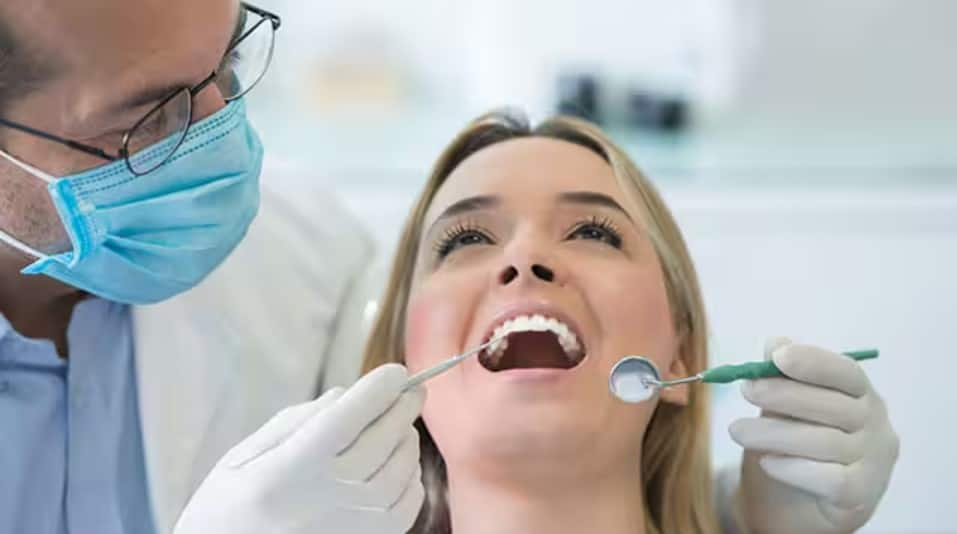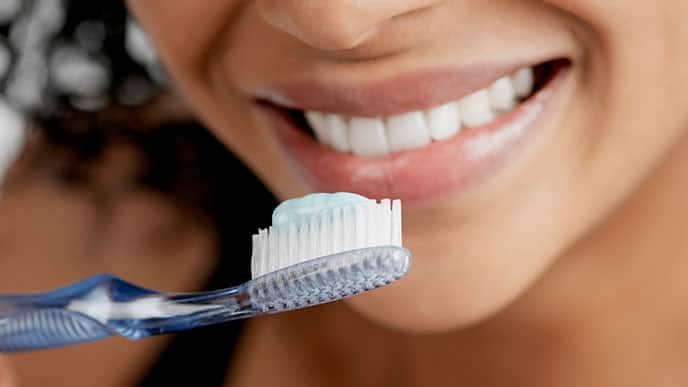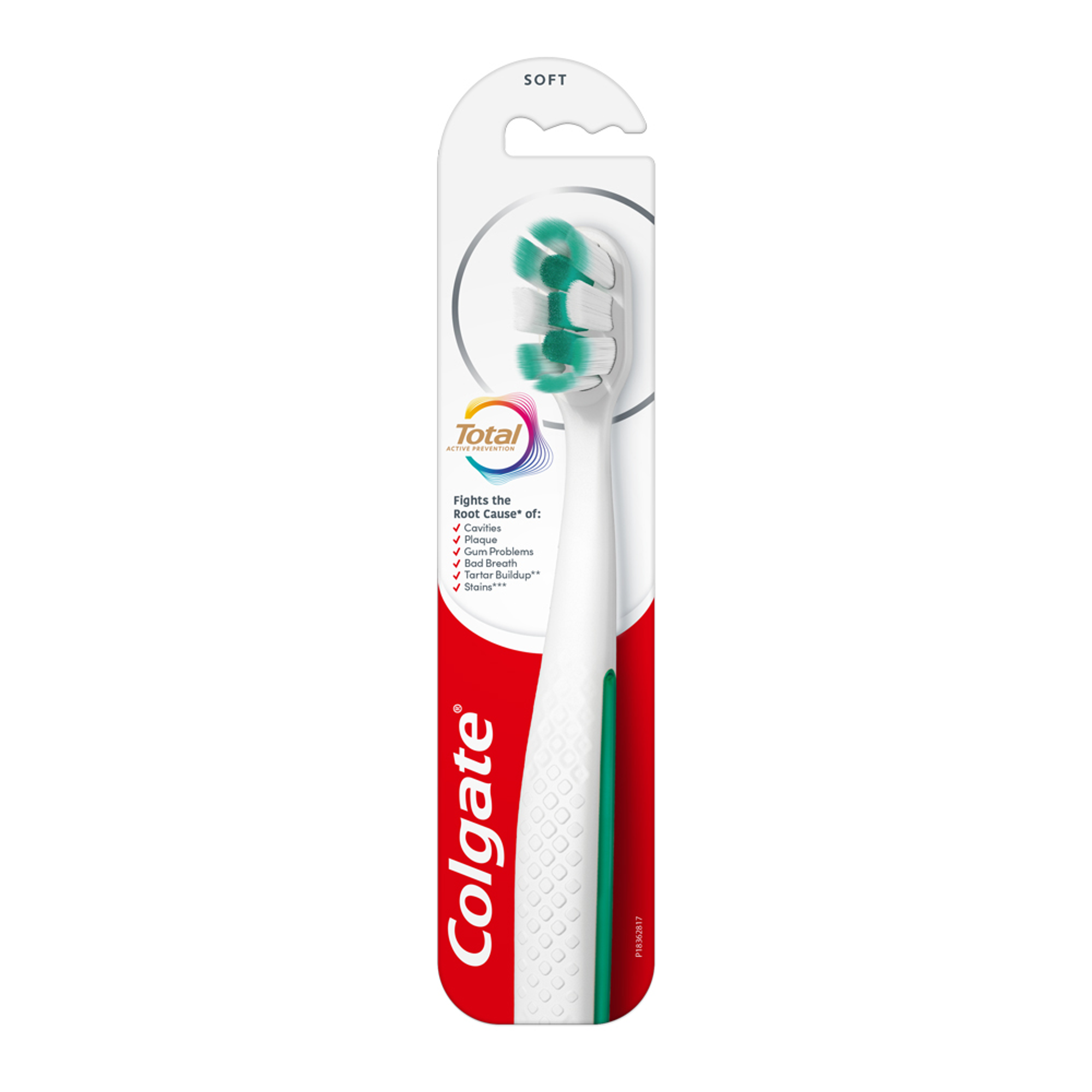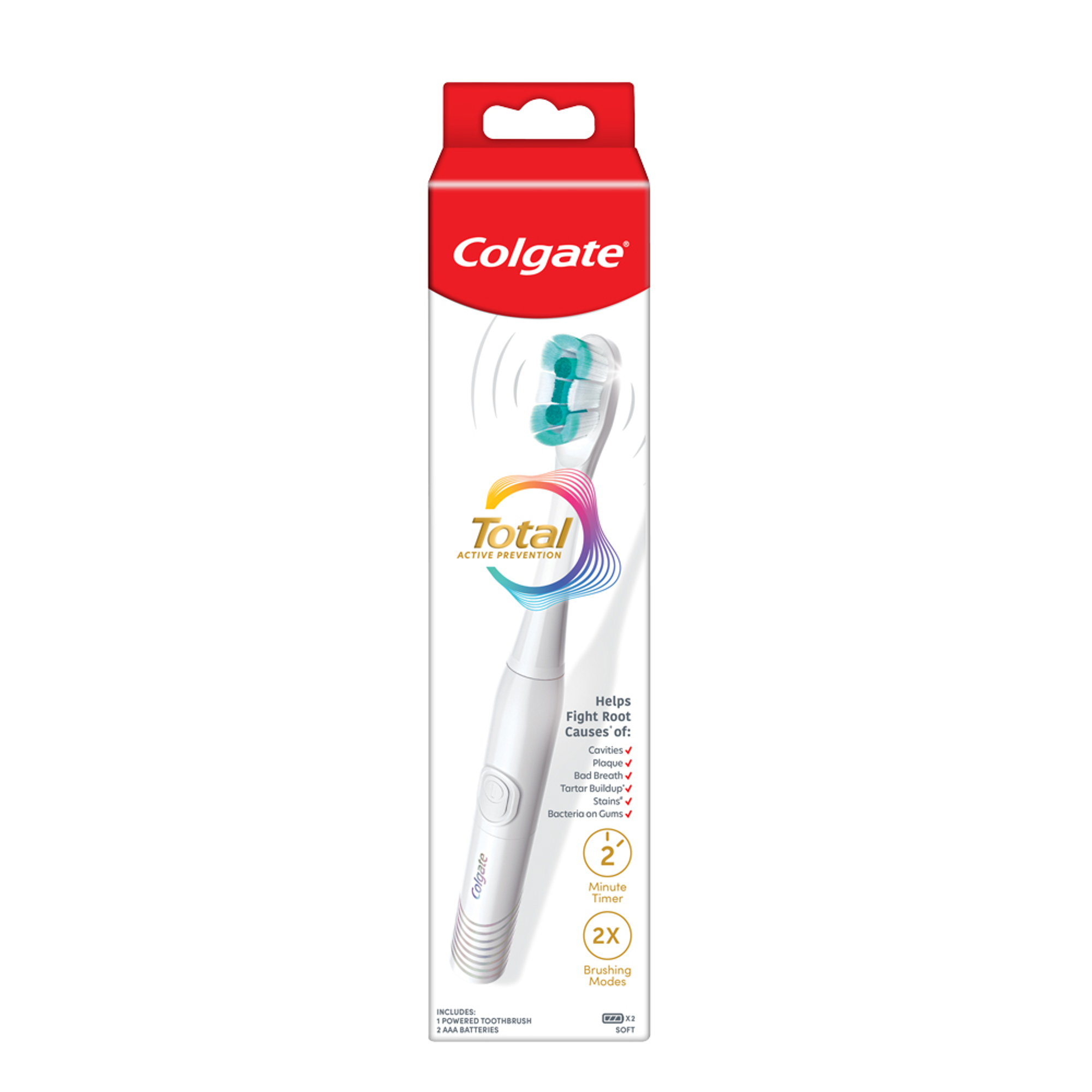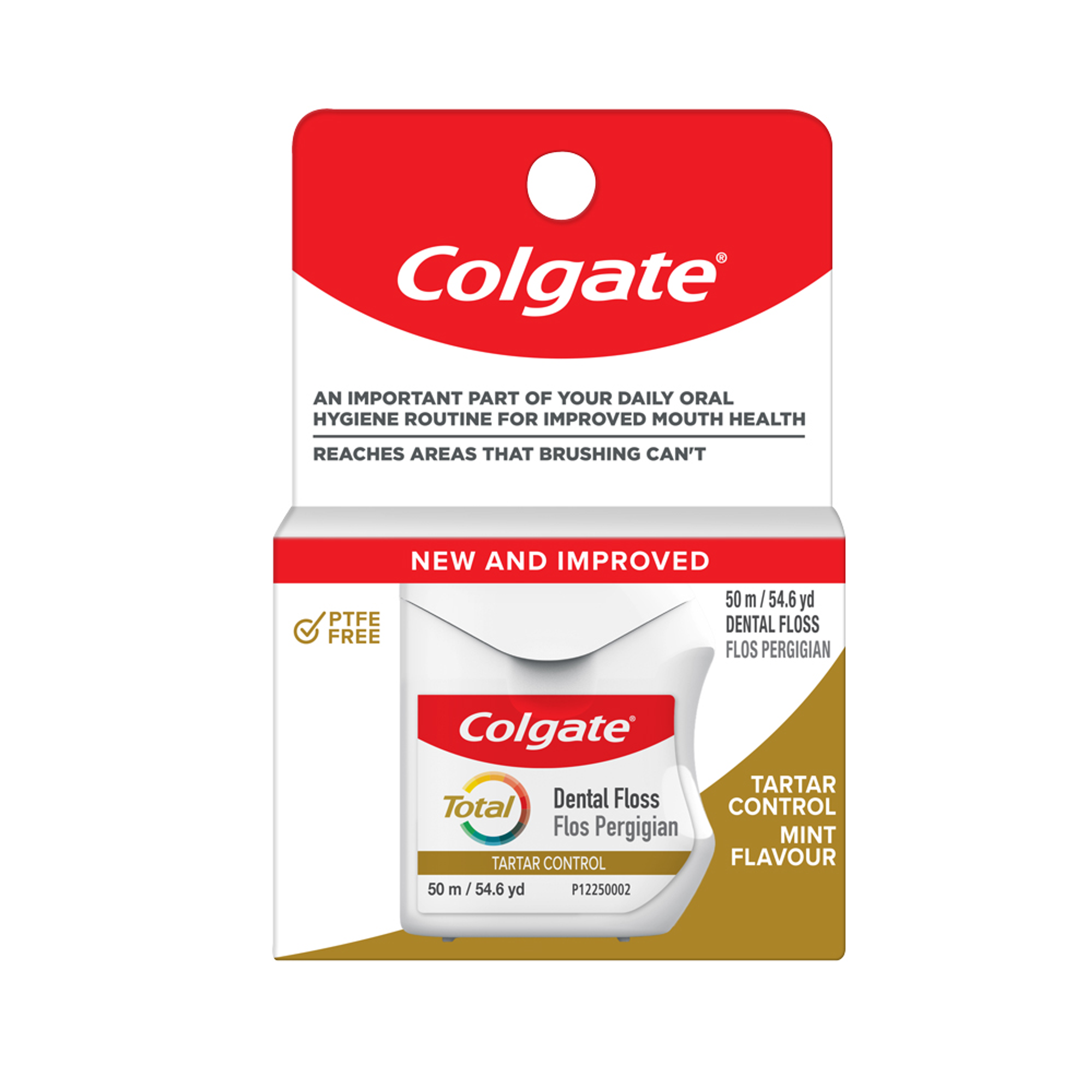What is Dental Plaque?
Dental plaque is a soft, sticky, colourless accumulation on the teeth and along the gumline. It forms constantly due to bacteria that live naturally in the mouth. The bacteria combine with food particles to form a sticky film of plaque. So, plaque is a combination of food debris, saliva, and bacteria. Scientifically, plaque is called dental biofilm, as bacteria thrive in it.
Plaque develops in the mouth daily and tends to linger in areas that are difficult to clean. It deposits along the gum line, between teeth, in the grooves, and on the back of teeth. It also collects on the tongue, the margins of crowns and fillings, and on dentures. Fortunately, plaque goes away easily with regular and proper brushing and flossing. Learning how it forms can help you improve your oral care and dietary habits to avoid its buildup.
What Causes Plaque on Teeth
The development of plaque on teeth happens constantly and is to be expected. The mouth contains thousands of bacteria, some of which are harmless. However, it is the harmful bacteria that play a major role in plaque buildup and oral health problems. Following a meal, these bacteria feed on the sugars that linger on the surfaces of your teeth to form plaque. These plaque bacteria then release acids that erode the tooth enamel.
So, if you allow sugary food residue to remain on the surface of the teeth, it allows plaque bacteria to thrive. If not removed with daily oral hygiene, plaque hardens to tartar (dental calculus). Unlike plaque, tartar does not go away easily when brushing and flossing. Untreated plaque and tartar buildup can lead to oral issues like tooth decay, cavities, and gum disease.
What Are The Symptoms of Dental Plaque?
Plaque is colourless and forms in areas of the mouth that are difficult to reach, making it less visible. Here are some symptoms that you can look out for to know if you have plaque buildup:
Tartar formation: If you do not brush or floss daily, plaque hardens to tartar. It gives a yellow or brown appearance on the teeth. Hardened plaque can only be removed by a dental professional.
Tooth decay and cavities: The acids produced by the plaque bacteria erode the tooth enamel, causing dental caries and cavities. If left untreated, the infection may reach the dentin and tooth pulp, leading to abscesses.
Gum problems: The bacteria in plaque or tartar can irritate the gums. This causes gum infection and swelling (gingivitis). The gums may appear red and sore and bleed when you brush or floss. If the infection turns into advanced periodontal disease, you may notice receding gums, bad breath, and loose teeth.
Treating Plaque on Teeth
The formation of plaque on teeth is inevitable. However, it goes away easily with daily brushing and flossing. The use of sealants for teeth and fluoride toothpaste helps fight cavities.
Dentists recommend the following treatment options for plaque:
Dental cleaning: It helps to treat plaque that escapes your daily dental care. The dentist removes tartar and plaque deposits from the teeth and the gumline. This helps rule out potential oral health problems, particularly for those who experience more frequent plaque buildup. Regular dental checkups are vital for good oral health.
Deep cleaning: It addresses severe plaque buildup and early gum disease and is comprised of two parts. Scaling removes plaque and tartar from above and below the gumline. Next, root planing smoothes out the root surfaces to help the gums reattach to the teeth and prevent future plaque buildup.
How to Prevent Plaque on Teeth
Enhancing your oral hygiene is the key to preventing the buildup of plaque on teeth. Daily oral care and regular dental checkups are vital. You may consider using a tartar removal toothpaste if plaque accumulates more often in your mouth. In addition, improving your food habits and lifestyle can also help reduce plaque buildup. The following are some oral care tips you can adopt:
Floss Daily
If you want a healthy smile, brushing alone will not suffice. Plaque that is hidden in areas that are difficult to reach, such as in between the teeth, can easily escape your toothbrush. Hence, flossing once daily is essential. You may use a dental floss or water flosser to get the job done. For those who find it difficult to floss, an interdental toothbrush can help.
Use Mouthwash
A mouthwash adds to your oral hygiene beyond refreshing your breath. Swishing the mouth with an antibacterial mouthwash helps remove bacteria. Thus, it helps prevent plaque and infections. A dental hygienist can suggest a mouthwash that suits your unique oral needs.
Brush Twice a Day
Knowing how often should you brush your teeth is crucial for oral health. Brushing your teeth twice daily removes plaque before it hardens to tartar. You may use a fluoride toothpaste to fight tooth decay. If plaque accumulates in your mouth more often, a toothpaste to remove tartar can help. A soft-bristled toothbrush offers optimal cleansing, acting gently on your teeth and gums.
Choose Healthy Foods
It is best to choose a healthy diet over sweet foods and drinks. The plaque bacteria feed on the residues of starchy foods and carbohydrates. Limiting the amount of sugary foods helps keep them from spreading. After every meal, rinsing the mouth with water washes away food debris and bacteria. It also stimulates the flow of saliva and helps reduce plaque formation.
Taking proactive steps to manage plaque saves you from various oral health issues. Proper brushing and flossing techniques helps get rid of the plaque on teeth and prevent its progression to tartar. Using mouthwash, rinsing after every meal, and choosing healthy foods can help. Regular dental checkups and cleanings help rule out plaque buildup and other issues.
Frequently Asked Questions
1. Can plaque be removed by brushing?
Yes, plaque can be removed by brushing your teeth with fluoride toothpaste twice daily. Flossing once daily is also important, as it removes plaque between the teeth. Using toothpaste to remove tartar can effectively alleviate plaque before it hardens.
2. Does mouthwash remove plaque?
An antibacterial mouthwash can kill harmful bacteria, resisting dental plaque formation and infections. Though it enhances oral hygiene, it is not a substitute for daily brushing and flossing.
3. What toothpaste is best to remove plaque?
For effective plaque removal, look for toothpastes with fluoride and anti-plaque agents. Regular brushing, flossing, and dental check-ups are essential for oral health.
4. Can plaque go away naturally?
Plaque does not go away naturally on its own. However, it can be removed with proper oral hygiene. Regular brushing and flossing can remove plaque before it hardens to tartar. As plaque constantly forms in the mouth, daily oral care is crucial to preventing its buildup. Once it hardens, it will need professional cleaning to remove.





